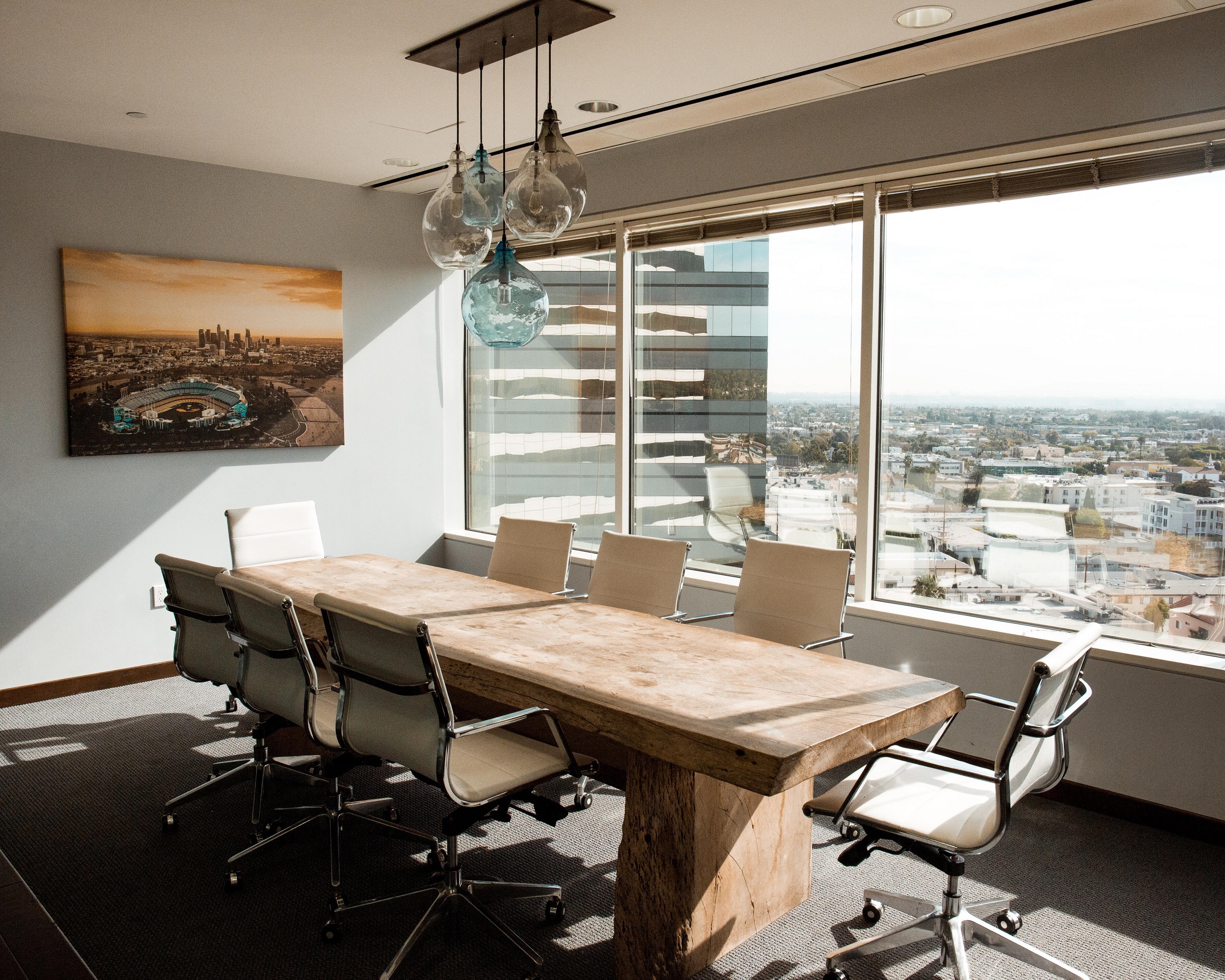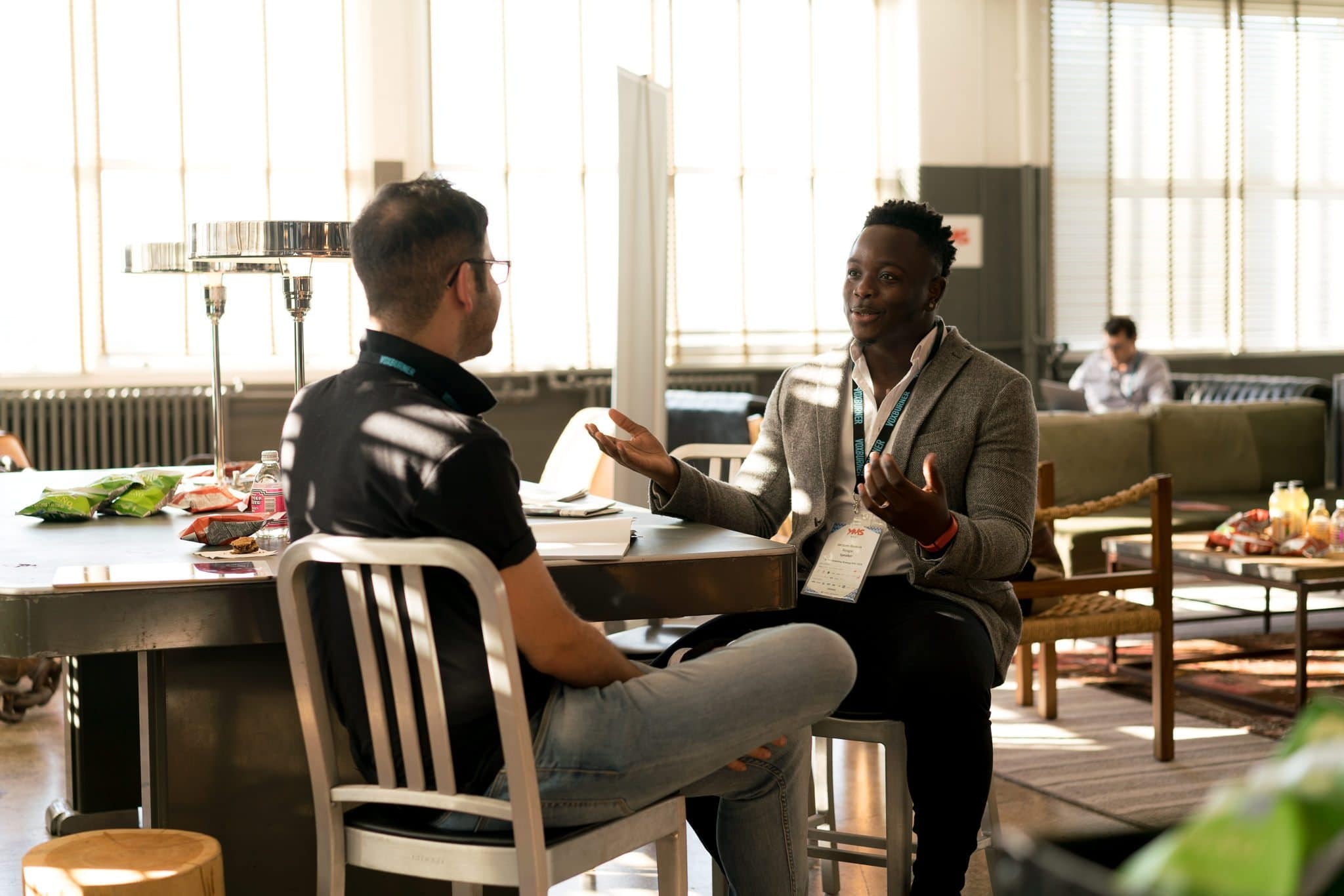The traditional office layout is evolving; with it, the way we think about office furniture arrangement is undergoing a creative renaissance. Breaking free from conventional norms, organizations are exploring innovative workspace design approaches beyond the standard cubicle configurations.
This article delves into creative office furniture and office chairs arrangements, exploring unconventional ideas that foster collaboration, inspire productivity, and contribute to a dynamic and engaging work environment.
The Agile Landscape:
Embracing an agile mindset in office furniture arrangement involves creating dynamic and flexible spaces. Consider movable furniture such as modular desks, rolling chairs, and adjustable partitions. These agile configurations allow employees to adapt their workspaces to suit tasks and collaborative activities.
Activity-Based Zones:
Ditching the one-size-fits-all approach, designating activity-based zones allows specialized furniture arrangements tailored to specific tasks. Create focused work areas with individual workstations, collaborative zones with communal tables and lounge seating, and brainstorming spaces with writable surfaces. This approach caters to diverse work styles and promotes a more tailored and efficient workflow.
Non-Linear Seating Arrangements:
Move away from the conventional linear rows of desks and embrace non-linear seating arrangements. Consider circular or clustered desk setups that foster community and facilitate accessible communication. This approach breaks the visual monotony, creating visually appealing and collaborative workspaces.
Floating Workstations:
Elevate workstations from the floor by using floating desks or suspended work surfaces. This unconventional arrangement adds a touch of modernity to the office and provides an open and airy feel. Floating workstations can be particularly effective in smaller spaces, optimizing floor and visual space.
Living Room Inspired Lounges:
Transform the office into a comfortable and inviting space by incorporating living room-inspired lounges. Plush sofas, armchairs, and coffee tables create casual meeting areas or relaxation spots. This arrangement encourages informal interactions and provides employees alternative workspaces that feel like home.
Furniture Islands:
Create collaborative hubs by arranging furniture into islands or clusters. Combine desks, seating, and shared workspaces to form islands that serve as collaborative hotspots. This arrangement promotes teamwork and communication, breaking physical barriers and fostering a more inclusive and interactive work culture.
Mix and Match Furniture Styles:
Break free from the uniformity of matching furniture sets and embrace a mix-and-match approach. Combine different styles, colors, and materials to create a visually dynamic and eclectic workspace. This approach allows for personalization and produces a more vibrant and creative atmosphere.
Pop-Up Workspaces:
Introduce pop-up workspaces that can be easily reconfigured or moved as needed. Use foldable desks, mobile whiteboards, and collapsible partitions to create temporary workstations for impromptu meetings or focused tasks. This adaptable approach maximizes the utility of available space.
Vertical Furniture Configurations:
Utilize vertical space by incorporating furniture arrangements that extend beyond traditional floor-level setups. Install shelving units, hanging storage, and vertical work surfaces. This optimizes storage and creates a visually exciting and efficient use of space.
Interactive Work Walls:
Transform walls into interactive work surfaces by using writable or magnetic materials. Allow employees to jot down ideas, collaborate on projects, or pin important information directly on the walls. This approach promotes a dynamic and ever-changing visual landscape within the workspace.
The Outdoor-Inspired Oasis:
Bring the outdoors inside by creating office arrangements inspired by natural environments. Use greenery, natural light, and earthy tones combined with nature-inspired furniture to create a calming and refreshing oasis. This arrangement promotes well-being and can enhance creativity and focus.
Flexible Multi-Functional Furniture:
Invest in multi-functional furniture that adapts to various needs. Consider foldable desks, nesting tables, and convertible seating that can be easily reconfigured to accommodate different tasks or events. This approach ensures that the workspace remains versatile and adaptable.
The Unconventional Meeting Pod:
Rethink traditional meeting rooms by incorporating unconventional meeting pods. These can be cozy alcoves, geometric enclosures, or even repurposed shipping containers. Creative meeting pod designs offer unique spaces for brainstorming sessions and collaborative discussions.
Artistic Expression through Furniture:
Use furniture as a form of artistic expression within the office. Consider unconventional shapes, colors, and designs beyond standard office aesthetics. Artistic furniture arrangements create a visually stimulating environment, fostering a creative and innovative atmosphere.
Conclusion:
Breaking the mold in office furniture arrangement involves challenging traditional norms and embracing creative solutions that reflect the evolving nature of work. The possibilities are vast, from agile layouts and activity-based zones to unconventional seating arrangements and artistic expressions.
By exploring and implementing creative approaches to office furniture arrangement, organizations can cultivate a workspace that supports productivity and inspires creativity, collaboration, and a positive work culture.





